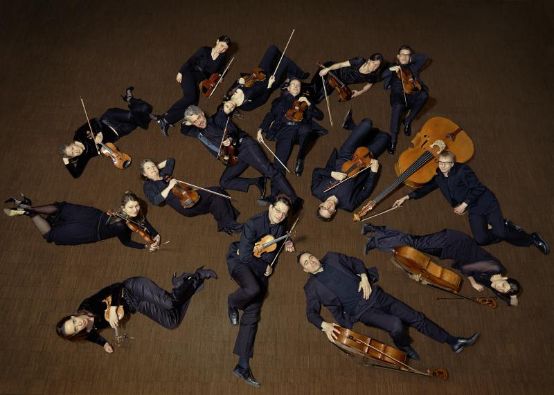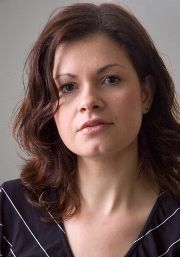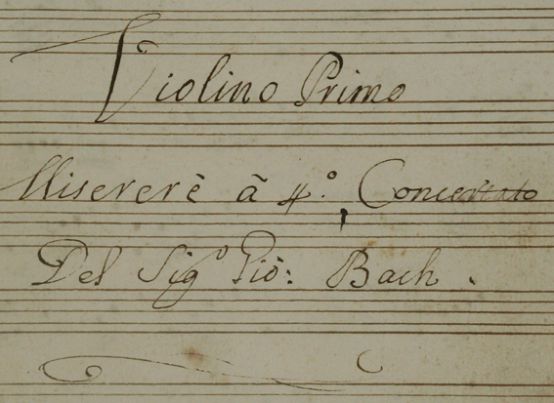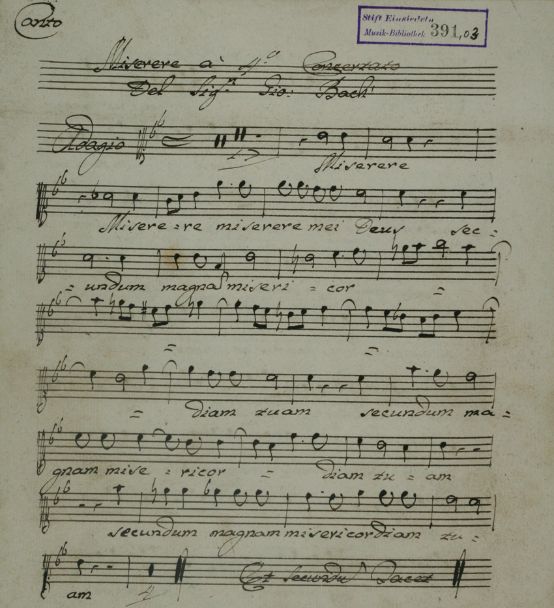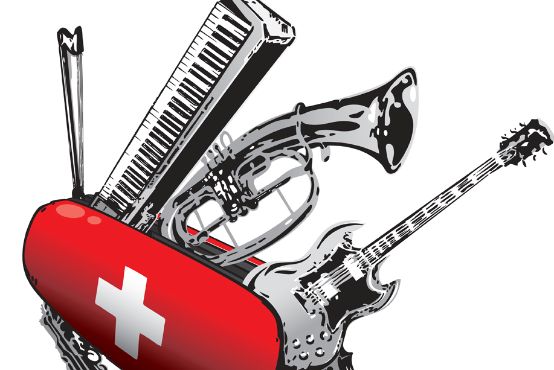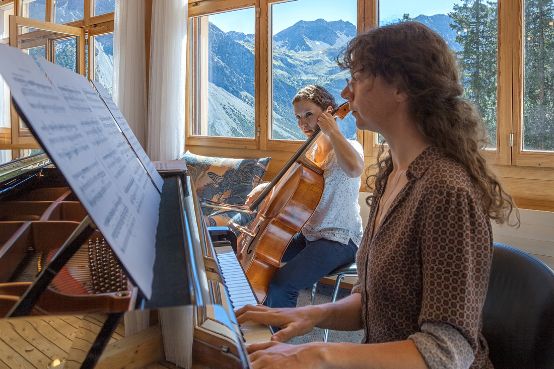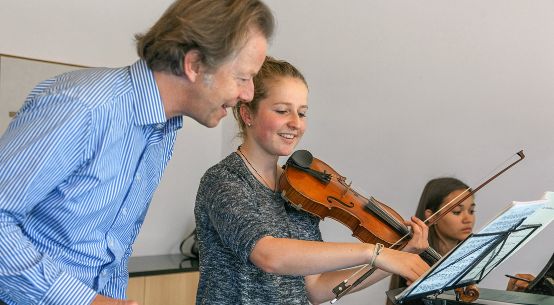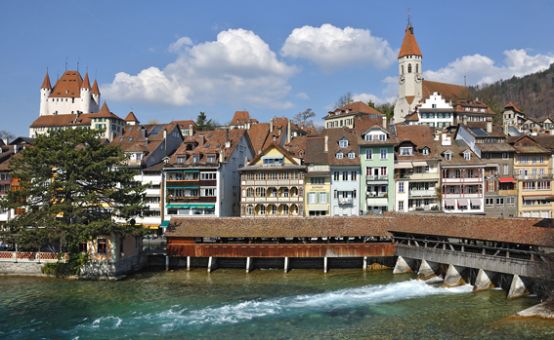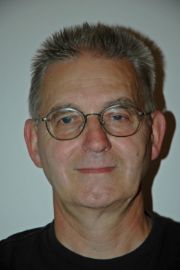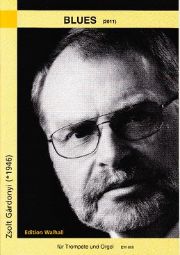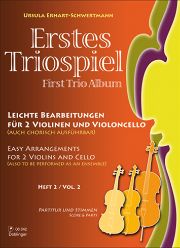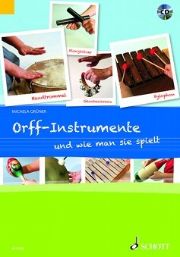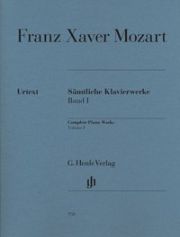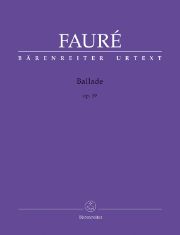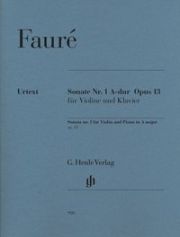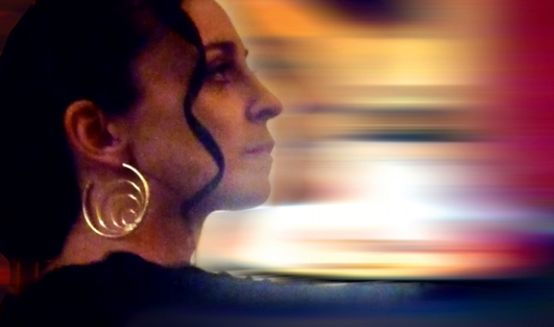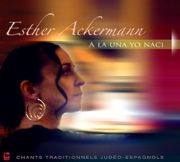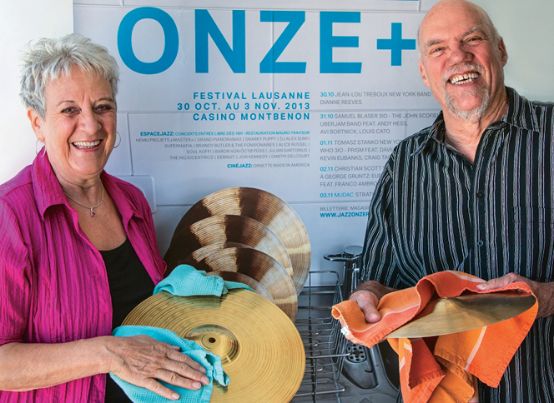BAK promotes the cultural work of amateurs
The Federal Office of Culture (FOC) promotes projects in the field of music education, projects by organizations of culturally active amateurs as well as cultural events and projects for a broad public. This is in line with the Federal Act on the Promotion of Culture (KFG), which attaches greater importance to the cultural work of non-professionals.
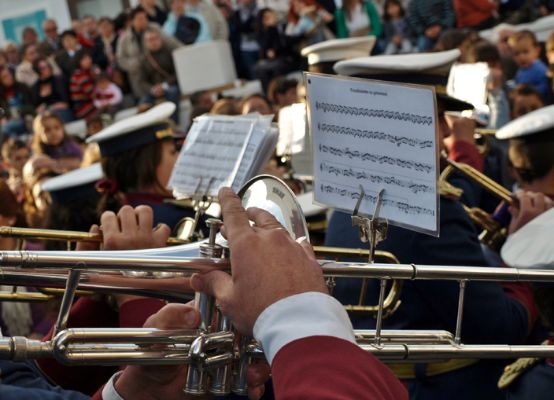
The BAK can promote music education projects that support children and young people in acquiring and developing their musical skills in extracurricular activities (Art. 12 KFG).
Furthermore, financial aid can be awarded to lay organizations for projects that are oriented towards the objectives of the UNESCO Convention for the Safeguarding of the Intangible Cultural Heritage, particularly in the area of teaching and passing on living traditions to young people (Art. 14 KFG).
Cultural events and projects that aim to interest a broad public in certain aspects of cultural creation can also be supported, namely festivals in the field of amateur and folk culture or national days of action (Art. 16 KFG).
Applications for corresponding projects or events for 2014 can be submitted to the Federal Office of Culture until October 31, 2013. The application forms and instructions are now available on www.bak.admin.ch under the heading "Current > Current tenders".






